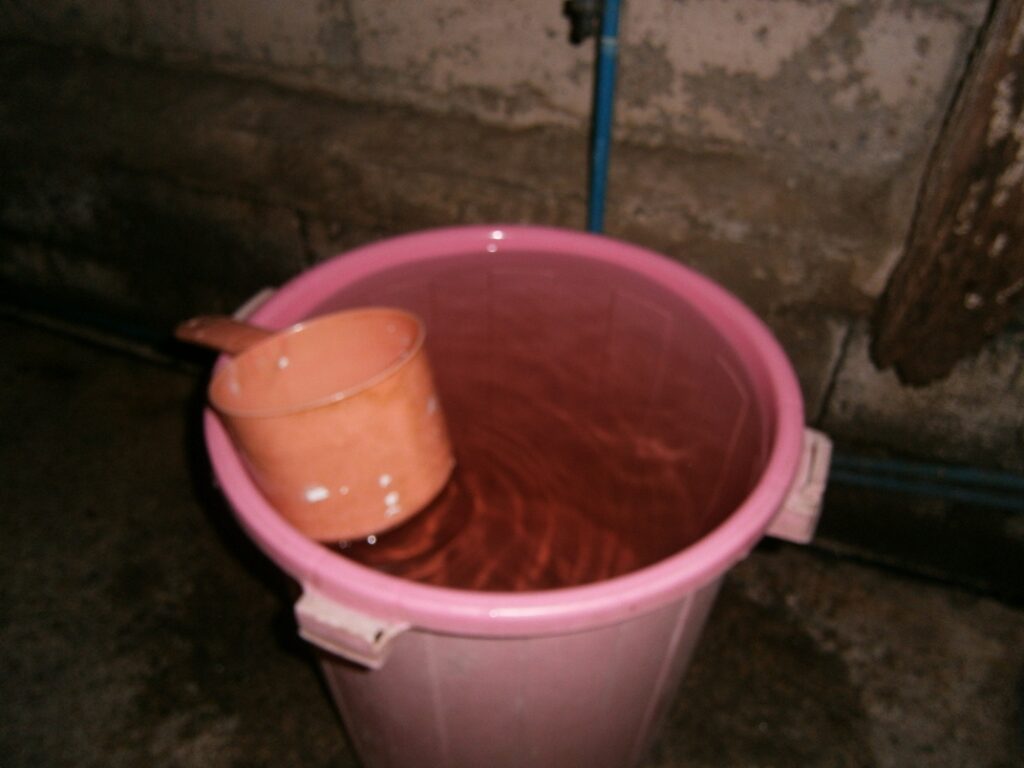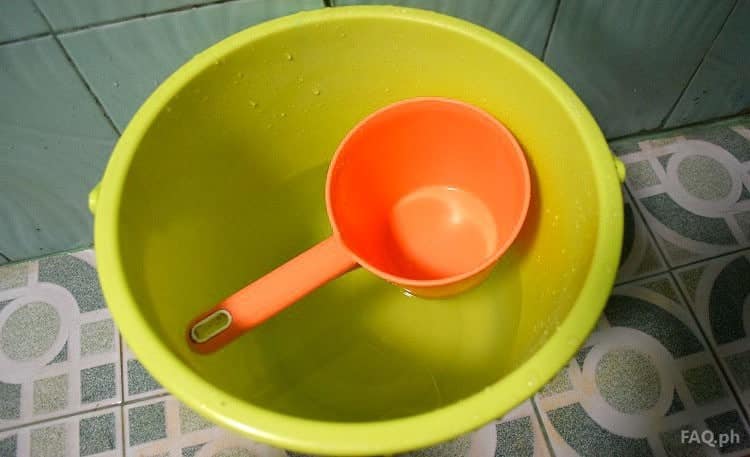Prague, Czech Republic – If you’re a Filipino living here, you’ll probably agree on one thing. Using toilets in Europe can be a real struggle! You’re probably smiling or even giggling right now because you know exactly what I mean. Back home, we don’t rely on tissue alone, we’ve got our trusty combo of water, soap, and the ultimate bathroom MVP: the TABO!
For those unfamiliar, what exactly is a tabo? Simply put,, it’s a plastic dipper with a handle, used to scoop water for washing and cleaning. In the Philippines, it’s as common as rice on the table and you’ll find it in almost every household bathroom. And while it looks humble, it’s the ultimate multitasker: hygiene, bathing, cleaning floors, even watering plants.

The use of tabo actually has roots in pre-colonial times, when our ancestors used coconut shells, banga (clay pot), or bamboo scoops to fetch water. Over time, it evolved into the lightweight plastic version we know today.
LATEST READS FOR YOU:
- How to Protect Your Skin During the Cold Months: 5 Tips for Filipinos Living in the Czech Republic
- Going Home for the Holidays? We Gotchu, Your OFW Christmas Travel Checklist is Here!
- Not-So-Exotic, Totally Yummy 6 Filipino Dishes to Try
- The Philippines’ Tabo Culture
- AirAsia Expands Routes: Direct Flights from Manila to Istanbul via Kuala Lumpur Begin November 14
In Europe, the tabo is nearly impossible to find unless you stumble upon a Filipino store or bring one from home. Toilets here rely heavily on toilet paper, which we’re not exactly accustomed to. Some fancy homes or public restrooms have bidets, but nothing matches the precision of a tabo.
It’s like the Swiss Army knife of bathroom tools, and once you’ve experienced it, life without it feels… incomplete.
That’s why many Filipinos abroad end up improvising plastic bottles, pitchers, even measuring cups get promoted to “tabo substitutes.”
It’s not glamorous, but it works. Because for us, the tabo is not just a cheap plastic we use to wash our most intimate body part, it has become a part of our identity. You can take a Filipino out of the Philippines, but you can never take away the tabo. Tabo is life!
Share us your funny tabo story!












